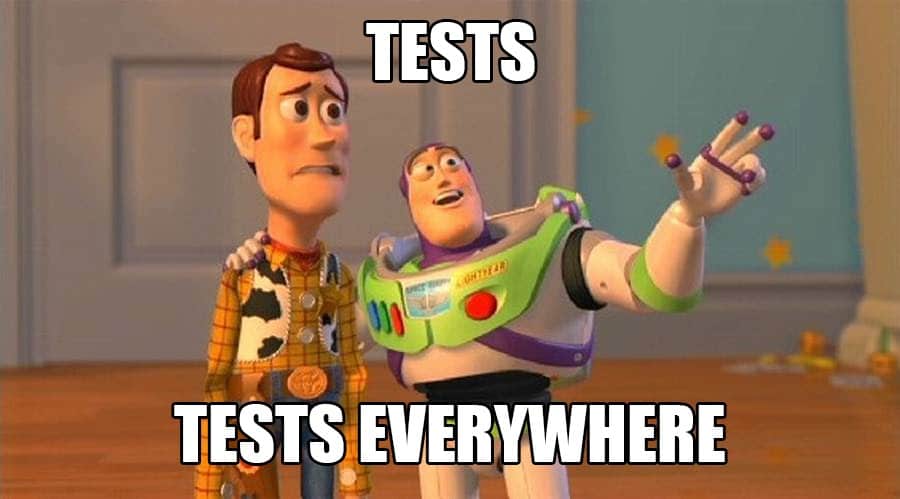9M2 Science
Section outline
-
-
Opened: Tuesday, 19 March 2024, 12:00 AMDue: Friday, 5 April 2024, 3:00 PM
-
Opened: Friday, 21 June 2024, 12:00 AMDue: Friday, 28 June 2024, 3:30 PM
-
-

Kia Ora ākonga!
Welcome to your Pūtaiao (science) course page for 2023. My name is Ms. Katafono and I will be your Science kaiako (teacher) this year. This page is where you will find all the information you will require for your Science course. All tasks and assessments will be placed here as well as additional lesson notes and resources. Please make it a habit to check this page at the start of each week to ensure you are up to date. This term we will be focusing on the context: Wai/Water safety and we will be exploring this through different bodies of water, contamination and testing of water and how to make this safe.
Your kaiako here in the Maunga (Mountains) whānau hope that your year at MHJC will be full of fun and challenging activities that will see you grow as a learner. If there are any queries do come see me or feel free to email me - mkatafono@mhjc.school.nz -
EXPLORE / TŪHURA learning intentions:
- We are EXPLORING the safety of our wai by doing rangahau on the local beaches in Tāmaki Makaurau and what their Te Reo names are and if there are any myths attached to it
- We are EXPLORING the safety of our wai by connecting the Te reo names of beaches to an understanding of what the beach or water safety is like
- We are EXPLORING the safety of our wai by recognising the importance of clean drinking water and the impact this has on us
I am an active learner as I know what I need to learn, where I am with that learning and what my next learning steps are:
- Emerging:
- I know what I am learning and why
- I can use evidence to identify where I am with my learning
- I can use evidence to identify my next learning steps
- Growing:
- I can describe what I am learning and why, using our shared language for learning; GREAT Ako
- I can use evidence to describe where I am with my learning
- I can use evidence to plan and take my next learning steps

Kia ora ākonga.
Plan for the weeks are as follows:
Week 2:
Monday: TOD
Tuesday: Waitangi day
Friday: Lab safety flip video tour on PPE and hazards.
Week 3:
Monday: Group research on Local beaches, name in Te Reo and meaning, and any Māori myths attached to this
Tuesday: Presentations
Friday : Our drinking water documentary and worksheet to be completed.
-
Enter text here...
PLAN & DO / WHAKAMAHI learning intentions:
- We are PLANNING to design a water cycle in a bag so we can observe and apply our understanding of the processes in a collaborative group.
- We are PLANNING to demonstrate our understanding of mixtures and compounds by creating models of the different types of matter.
- We are PLANNING to perform an experiment on state changes so that we can produce a graph based on our data.
Enter text here...
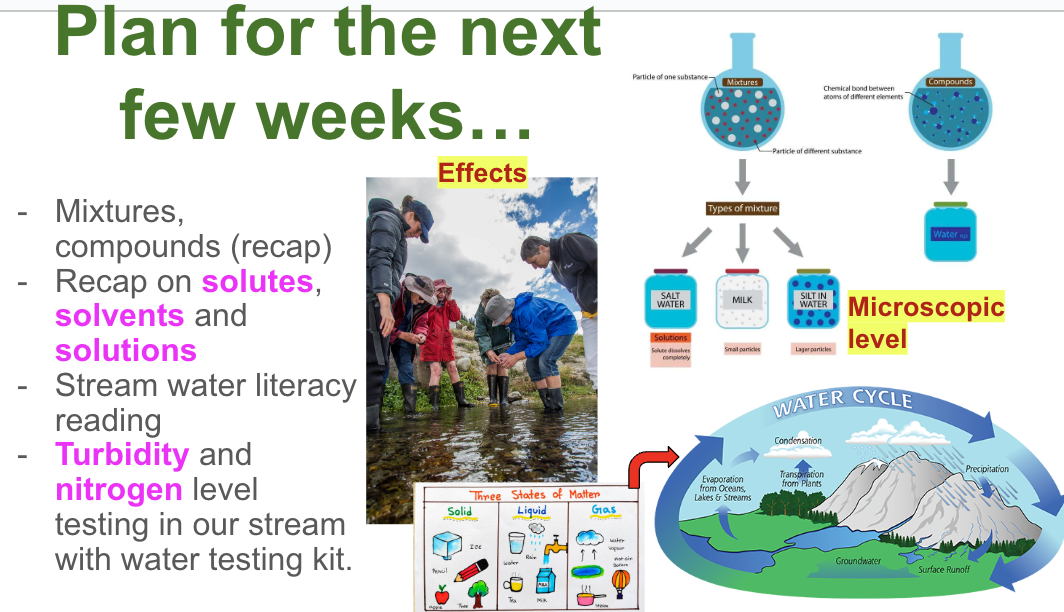
Week 4
Paearu Angitu / Success Criteria: I can/have...
To recall the stages of the water cycle.
To describe the processes in the water cycle in terms of particles
To explain how water is cycled in an ecosystem.
To be able to use a bunsen burner safely
Activities:
- Water cycle in a bag
- Bunsen burner experiment
Mahi Kāinga / Homework:
Complete your paragraph on what is happening below- in your books. I will be looking at how you structure your paragraph and how you link the scientific concepts to the observation. This will help you with your scientific literacy.
Week 5:
Paearu Angitu / Success Criteria: I can/have...
Identify mixtures (recap of elements,mixtures and compounds)
State changes investigation (bunsen burner and GRAPH skills)
Separate mixtures by filtering ( After your Goat Island trip)
Plan and carry out filtering investigation
Define the terms solute, solvent and solutions
Activities:
- Mixtures and compounds experiment and notes
- State changes experiment and graph skills ( I will be marking this so make sure to bring your graph paper)
- Journal - 'testing the water's in library - SL reading
Mahi Kāinga / Homework:
EP - Graphing skills -recap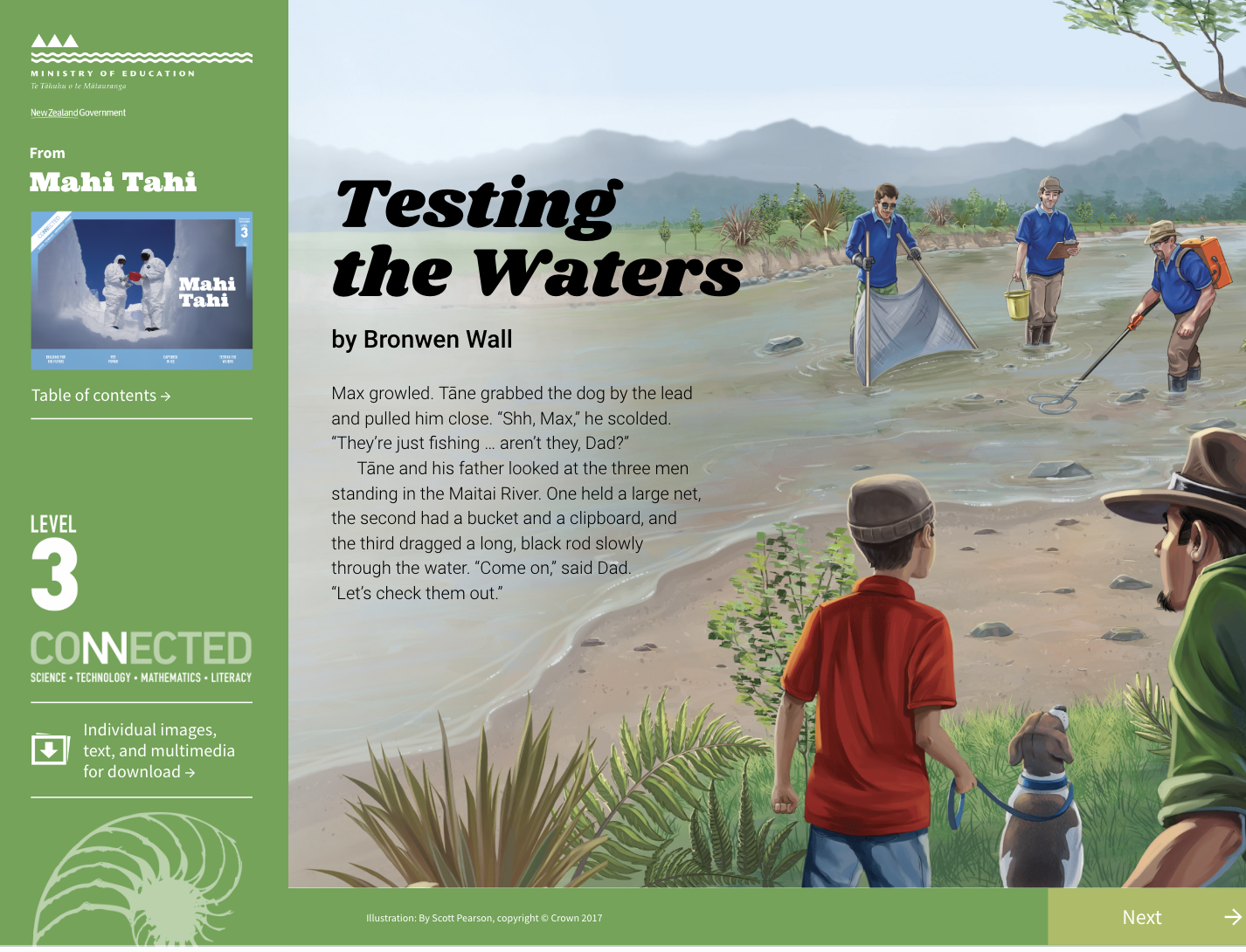
-
Enter text here...
FOCUS / ARONGA learning intentions:
- We are FOCUSING on the different ways of determining water cleanliness/health by identifying levels of DO, phosphates and nitrogen and comparing them to explain the responses/observations we see in our waterways.
Enter text here...
Week 6:
Paearu Angitu / Success Criteria: I can/have...
Describe the way that nitrogen travels through the different spheres of the Earth.
I can name some processes in the nitrogen cycle.
I can identify why the nitrogen cycle is important in maintaining ecosystems.
I can describe what DO (dissolved oxygen) and phosphates are and understand advantages and disadvantages of these in waterways.
Hei Mahi / Activities:
- Nitrogen cycle interactive game on Google classroom
- Graphing correctly ( Using your experiment data to create a scientific graph )
- Phosphorous and DO experiment
- Water testing in Ngāhere using our water testing kit
Mahi Kāinga / Homework:
Water treatment on EP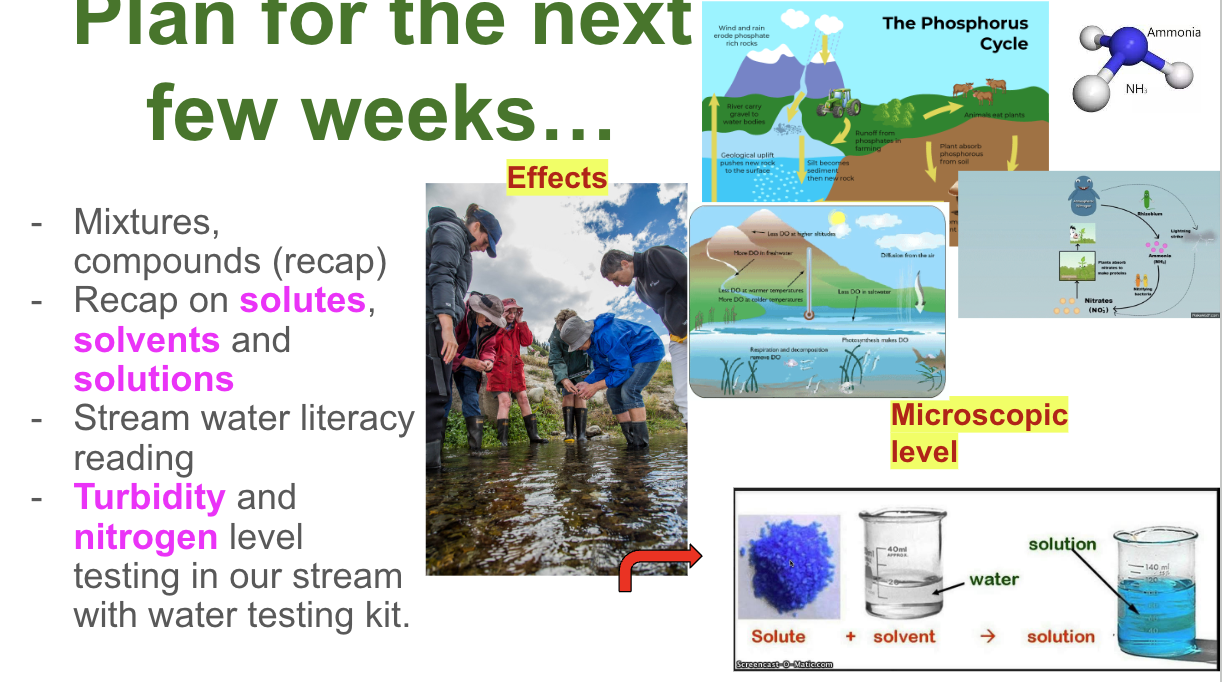
-
Enter text here...
PLAN & DO / WHAKAMAHI learning intentions:
- We are PLANNING to demonstrate our understanding of water safety and the impacts on humans and ecosystems by applying our learning at Goat Island. We will then produce a proposal for our assessment , consulting the multiple decision makers in creating rāhuis/ reserves to keep our local awa safe and clean and practise being a kaitiaki of our local awa.
Enter text here...

Kia ora...
Paearu Angitu / Success Criteria: I can/have...
-give a simple explanation of the nitrogen cycle
-talk about nitrification
-talk about denitrification
-use a nitrate test kit and some simple materials to demonstrate the processes of nitrification and denitrification.
• Give at least three examples of New Zealand marine biodiversity and explain what a marine reserve is
• Explain and use snorkel equipment
• Describe their local marine area and what lives in it
• Identify and classify some of the marine creatures they see and local threats
• Make comparisons between a marine reserve and unprotected marine area; base their opinions about the value of marine reserves on their personal experiences and learning throughout EMR
• Take action in their community - become kaitiaki!
Hei Mahi / Activities:
- Nitrate testing in ngāhere
- Pond in a bottle experiment
- Goat Island trip - snorkelling and Discovery centre tour
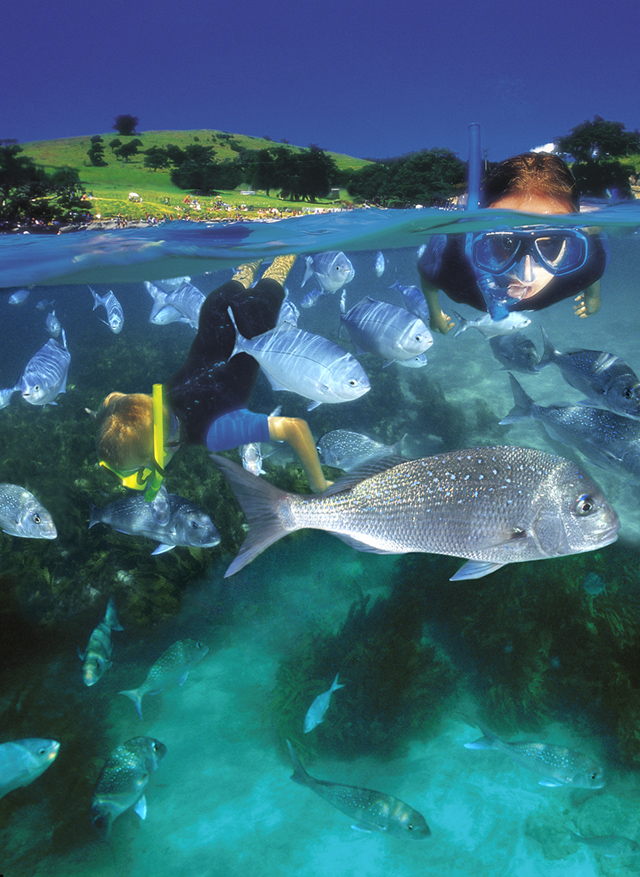
Week 8:
Science, Maths and Global Studies assessment will be released and provided at the top of your MHOL page.
This is due on the 26th of March, 6pm
-
Enter text here...
PLAN & DO / WHAKAMAHI learning intentions:
- We are PLANNING to construct an assessment around Goat Island and healthy waterways so we can apply our learning and understanding of the content of our context
Enter text here...
As we have Easter holidays and your Global assessment due date was extended, Science and Math have changed theirs to align with this.
-
Enter text here...
EXPLORE / TŪHURA learning intentions:
- We are EXPLORING our context of Forces in motion by experimenting and observing the different concepts of physics involved in everyday life and applications
- We are EXPLORING our context of Forces in motion by classifying the different types of contact and non-contact forces there are and connecting these to objects in everyday life
- We are EXPLORING our context by organising the different types of forces and investigating through experiment how to calculate forces
Enter text here...
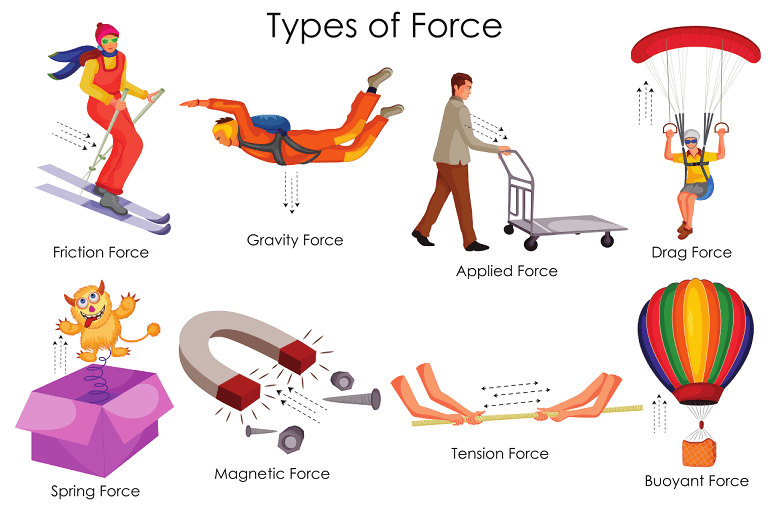
Kia ora Yr 9 ,
Key words:
Friction
Forces
Motion
Acceleration
Mechanics
Contact forces
Non-contact forces
Resistance
Newton’s Laws
Weight
Mass
Hooke’s Laws
Paearu Angitu / Success Criteria: I can/have...
- Define 'force'
- Name 5-6 forces that act on many everyday objects
- I can describe the effect of balanced and un balanced forces on motion (Newton’s First Law)
- I can calculate force using F = ma (Newton’s Second Law)
I can rearrange F = ma to solve an unknown variable (Newton’s Second Law). - I can explain the difference between mass and weight.
- I can define friction, and describe its effect on motion.
- I can use the scientific method to write-up my experiment ( I can identify the aim, method, variables, results in an experiment )
Hei Mahi / Activities:
- Golf ball rebound experiment
- Distance time graphs ( Running, walking, jogging exp over 4 different distances to calculate speed)
- Balloon rocket experiment ( Law 3)
Mahi Kāinga / Homework:
Graphing skills practice on GCEP Forces tasks assigned
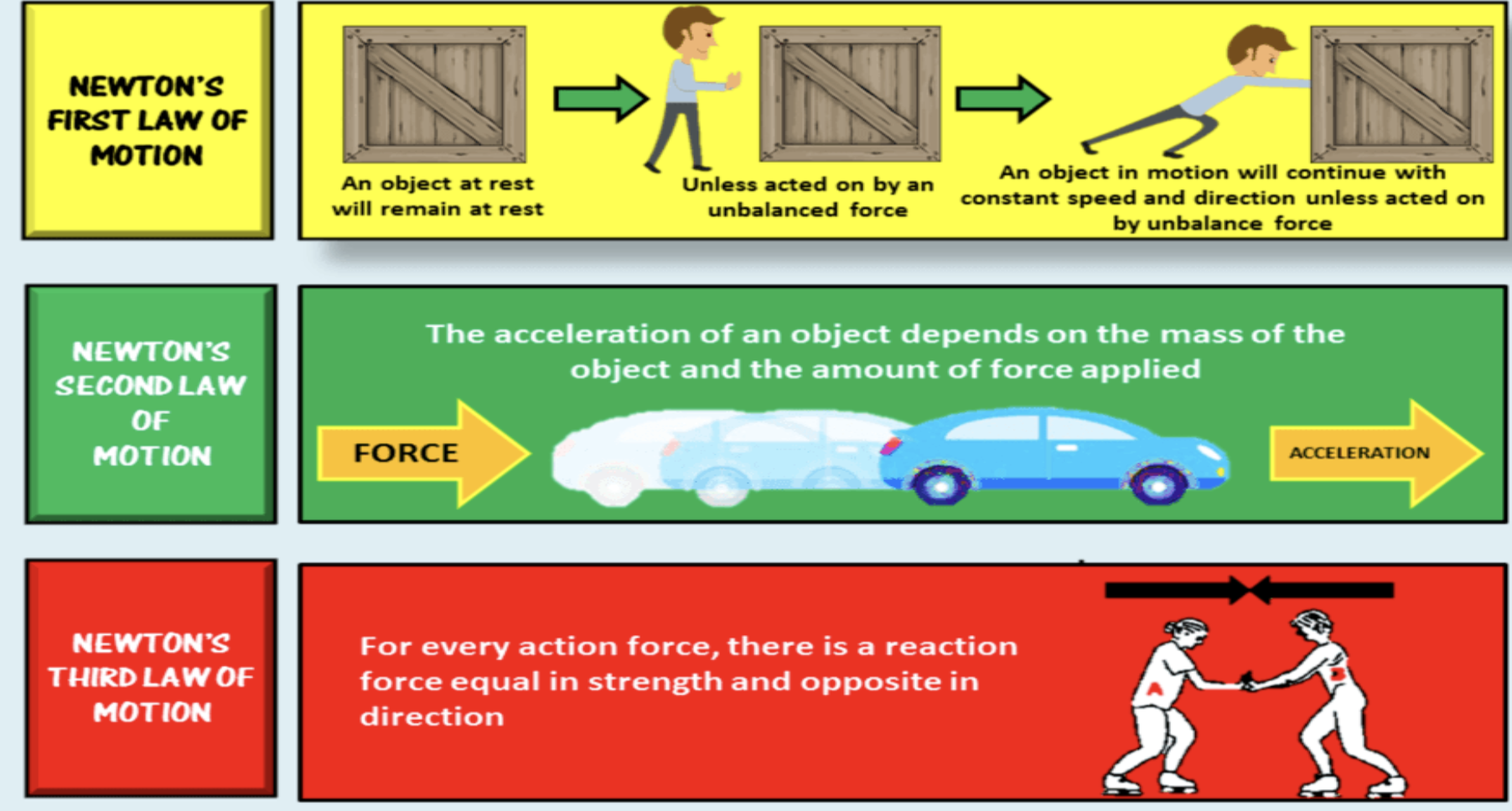
-
Enter text here...
PLAN & DO / WHAKAMAHI learning intentions:
- We are PLANNING to demonstrate our understanding of how speed , distance and time are linked by constructing an experiment where we measure our distance and time to calculate speed
Enter text here...
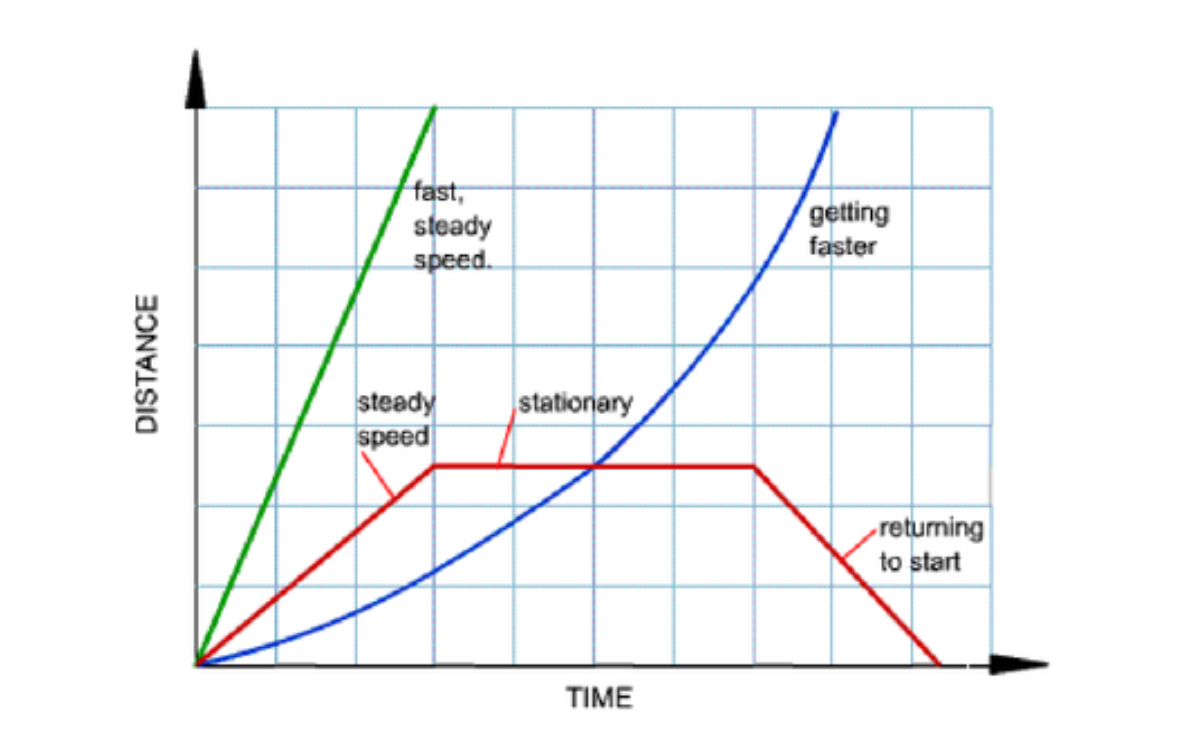
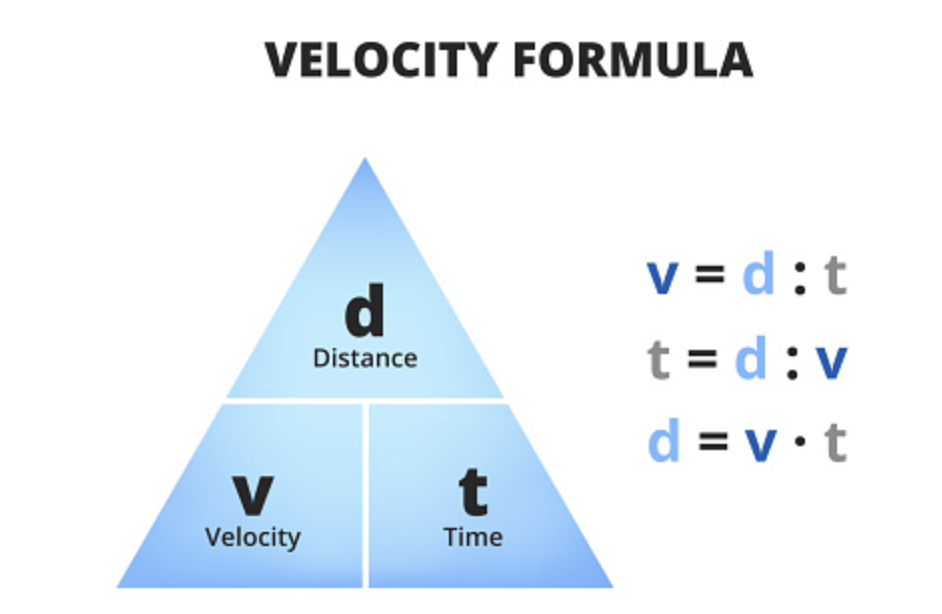
Paearu Angitu / Success Criteria: I can/have...
- create and interpret distance-time graphs.
- use the formula D=VT to calculate distance, speed and time.
- identify the relationship between weight and mass (units)
- understand the relationship between balanced and unbalanced forces
- use the formula (F = ma) to calculate force
- understand how forces affect motion and the effect of friction as an opposing force
Hei Mahi / Activities:
- DVT speed time experiment on field
-
Link to your assessment is at the top of this page
